Five Must-Try Vietnamese Dishes Recommended by Michelin
According to the website, Banh Cuon, Vietnamese steamed rice rolls, are made to order. Diners can watch as the chef steams the rice sheets and makes the rolls right in front of them.
Michelin recommends two types of Banh Cuon – one filled with minced pork and black fungus, and another version with a soft poached egg. Diners can also add pork meatloaf and sausage, and season the fish sauce dip with fresh herbs, chili, lime, or garlic.
Banh Cuon
Banh cuon, Vietnamese steamed rice rolls, are made to order. The lady at the entrance steams the rice sheets and crafts the rolls right before your eyes. There are two varieties available: the more common type is filled with minced pork and black fungus, and the other version features a soft poached egg. Diners have the option to add pork meatloaf and sausage, and season the fish sauce dip with fresh herbs, chili, lime, or garlic.
The sellers carefully split each roll when serving to prevent tearing them apart.
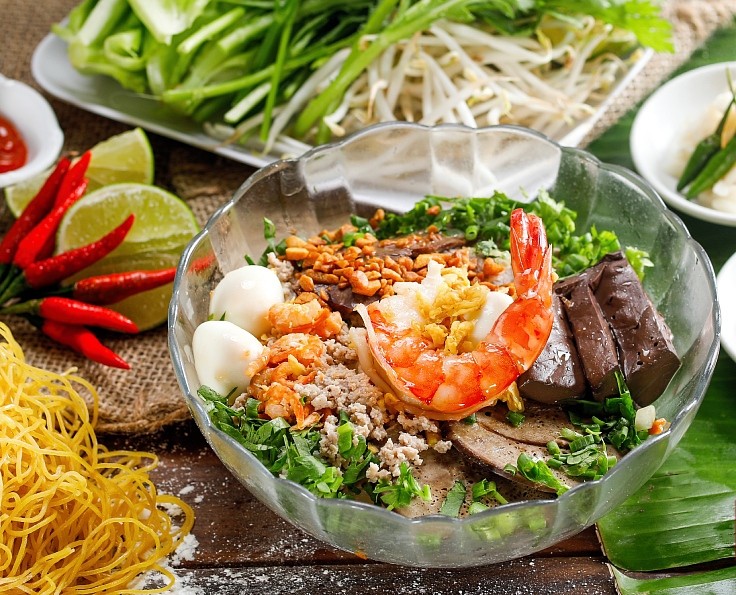 |
| Care for some Phnom Penh-style rice noodles? Photo: © Hong Phat Quan 3 |
After putting an adequate amount on a plate, the rolls are cut in half using a sharp pair of scissors. The two halves are then placed on top of each other, revealing each paper-thin layer.
Banh Cuon not only satisfies your taste buds but also reflects Vietnamese cultural values. Rice is the main ingredient of the rolls, and the fish sauce dip is a typical seasoning in our agricultural country.
Hu Tieu
In Saigon, the highlight is hu tieu (Phnom Penh-style rice noodles), a popular dish that showcases the fusion of culinary traditions from Chaozhou and Khmer. This blend was introduced to southern Vietnam by Cambodian repatriates in the 1970s.
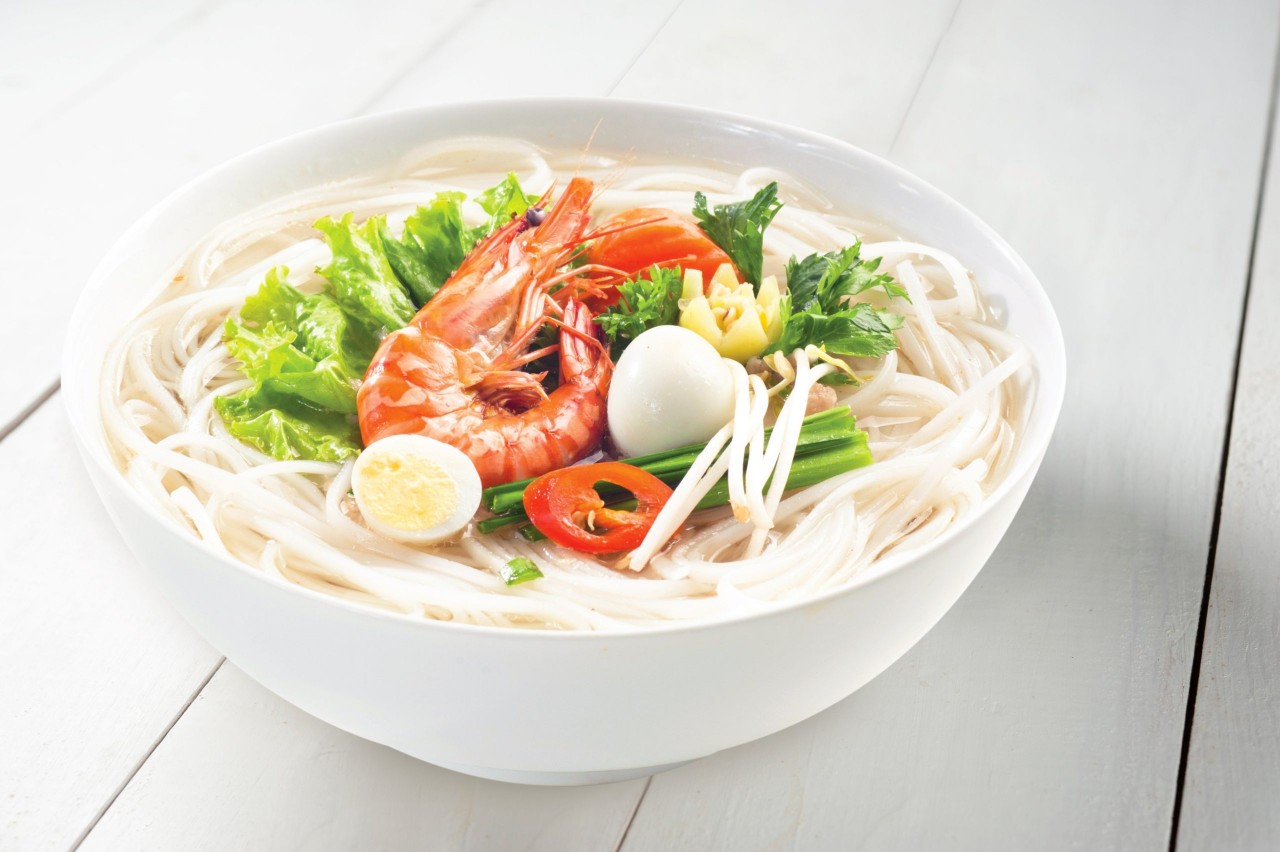 |
| The name hu tieu originated from the Teochew (or Chaozhou) language, also written as hu tiu in some Vietnamese regional dialects. Photo: Sa Giang |
The name hu tieu comes from the Teochew (or Chaozhou) language, also written as hu tiu in some Vietnamese regional dialects. Although it is commonly believed that hu tieu was created by Khmer and Cambodian people, this noodle soup was actually introduced by Chinese people living in Phnom Penh, Cambodia. The original noodles used in Chinese cuisine, called “hu tieu mem,” resemble Vietnamese pho noodles: soft, flat, slippery, and slightly chewy.
However, people in southern Vietnam didn’t appreciate this type of noodle because it made the dish too similar to pho, thus reducing the unique essence of hu tieu. To address this, they utilized the abundance of rice in the Mekong Delta and created their own version of noodles known as “hu tieu dai” (chewy noodles), which are chewier, more transparent, and made from rice starch. These noodles are also smaller in size compared to pho or Chinese soft noodles.
Bun Cha
The bun cha eatery in the Old Quarter is highly recommended by tourists. They offer a variety of bun cha (rice noodles with grilled pork) combinations paired with different nem ran (fried spring rolls), each offering a unique flavor. The grilled pork, with its charred goodness, is irresistible when enjoyed together with the sweet and sour soup and a selection of fragrant herbs.
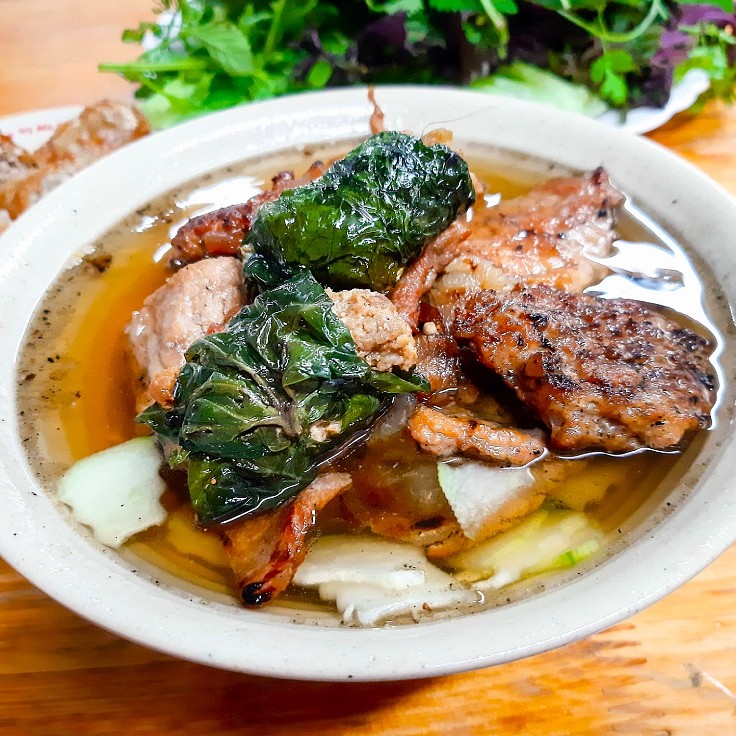 |
| Bun Cha Dac Kim’s bun cha in Hanoi. Photo: © MICHELIN |
To eat this dish authentically, serve the meat and broth in one bowl and the rice noodles on a plate alongside. Place separate bowls with chopped garlic, sliced chili, fresh herbs, and salad leaves around it.
Each person can then season their broth with garlic and chili. Next, they fill a small bowl with lettuce, herbs, and some noodles, and spoon some meat and broth on top. If desired, they can adjust the flavors by adding more garlic, fresh chili, or chili sauce. Gently stir and enjoy.
Xoi
A Vietnamese snack known as “xoi,” Vietnamese sticky rice, is commonly enjoyed as a quick breakfast or lunch by locals. This establishment is run by a young team and provides a cozy and relaxing dining area. It’s a great place for breakfast or a light lunch.
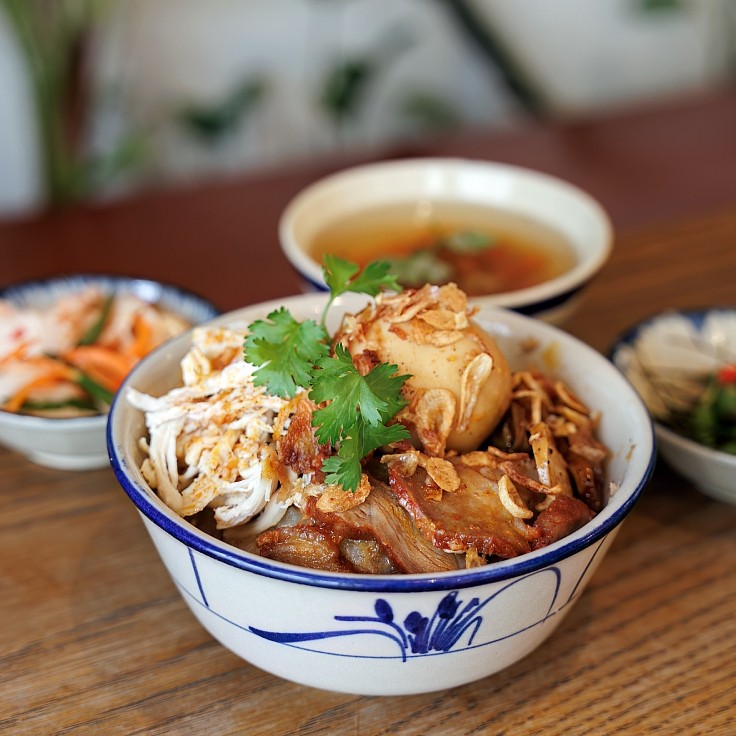 |
| Enjoy a variety of toppings on sticky rice at Xôi Bát in Ho Chi Minh City. Photo: © Mervin Lee/ MICHELIN Guide Vietnam |
There are numerous specialty Xoi restaurants, as well as push carts that can be found on street corners or bicycles that roam the streets well past midnight, long after other restaurants and eateries have closed.
Xoi, as the name suggests, is made with glutinous rice that is steamed or cooked. Some Vietnamese people love having it regularly for breakfast, while others enjoy it at any time of the day or night. Almost every Vietnamese person will have it at least once a month.
Pho
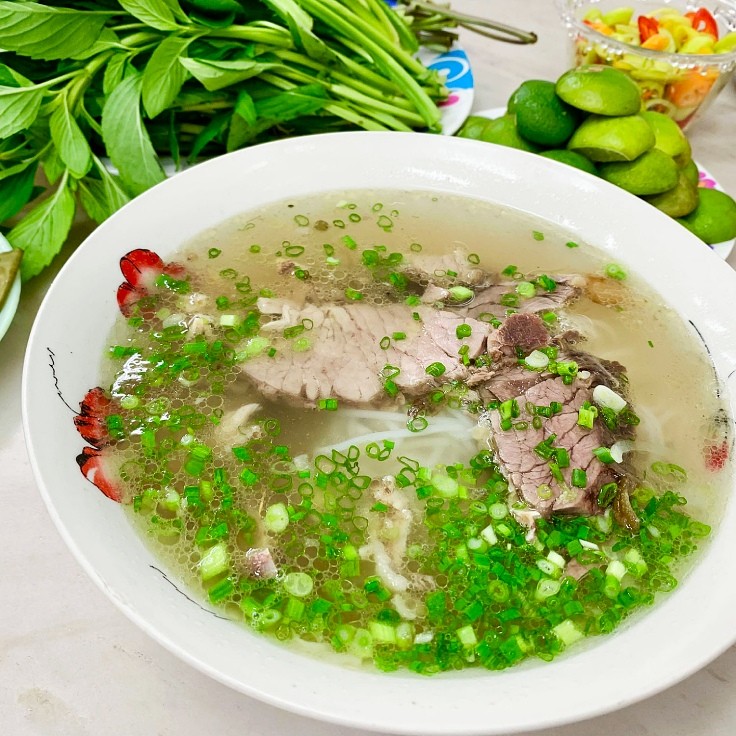 |
| Fancy a hot bowl of pho at Pho Hoa Pasteur? (© MICHELIN) |
Leaving Vietnam without savoring several bowls of pho is unthinkable. Both “pho bo” (beef pho) and “pho ga” (chicken pho) are not only globally recognized but also a hearty staple for locals. Don’t forget to add fresh herbs or a squeeze of lime to the steaming hot soup.
The post Five Must-Try Vietnamese Dishes Recommended by Michelin appeared first on Vietexplorer.com.
Nhận xét
Đăng nhận xét